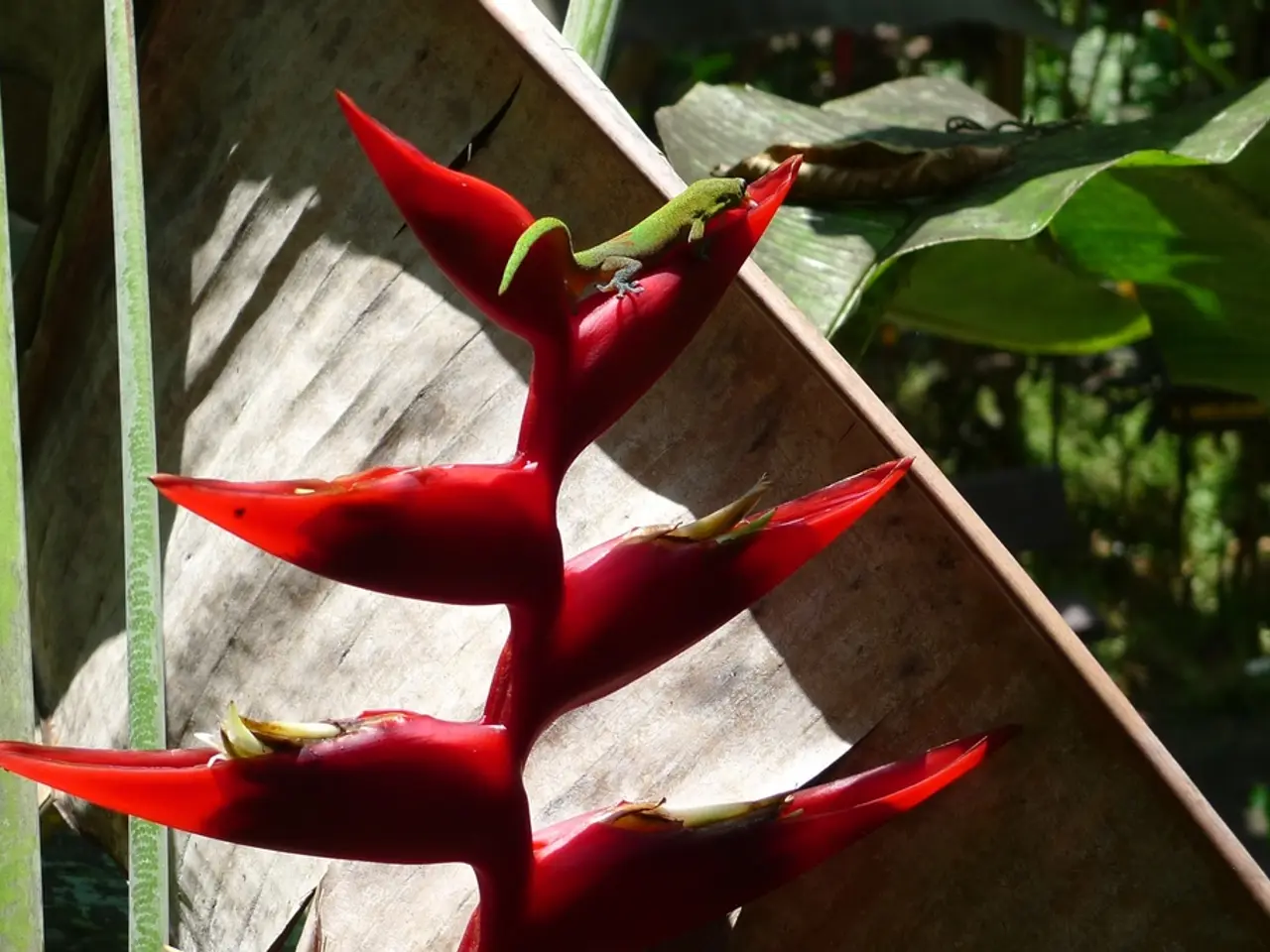Rare Species Miraculously Resurfaces in the Galápagos Islands
In the heart of the Galápagos Islands, a remarkable conservation success story is unfolding. The rediscovery of the elusive leaf-toed gecko (Phyllodactylus maresi) on Rábida Island marks a significant milestone in the ongoing efforts to protect and restore these unique ecosystems.
The leaf-toed gecko, a creature known only through 5,000-year-old fossils until recent years, was rediscovered in 2012 following a targeted conservation and island restoration project initiated in 2011. This project, primarily focused on eradicating invasive non-native rodents, especially rats, from Rábida Island, has proven instrumental in allowing the gecko population to thrive again.
Following the detection of live geckos, genetic analyses confirmed that the newly found individuals are indeed Phyllodactylus maresi and not a closely related species. The genetic studies, published in the peer-reviewed journal PLOS ONE, provided robust evidence that these geckos are descendants of the original population and have survived undetected or have recolonized after the removal of invasive species.
This success story underscores the importance of invasive species eradication as a key conservation method in island environments worldwide, where invasive mammals often decimate native fauna. The gecko’s reappearance exemplifies how focused eradication of invasive species can lead to the rebound of endemic and previously lost species.
The return of the leaf-toed gecko is closely tied to an initiative launched in 2011, aimed at restoring the natural balance of these fragile ecosystems. The restoration initiative involved careful planning to restore the island’s ecological balance, facilitating the rebound of native species such as this gecko.
The unique genetic identity of the Rábida Island leaf-toed geckos adds importance to their conservation, as preserving this isolated population could help ensure the long-term survival of the species. Further research on the Phyllodactylus genus and additional sampling from other Galápagos islands will be necessary to better understand the full scope of the leaf-toed gecko's genetic variation.
This project sets a precedent for similar island restoration initiatives globally, showing the value of combining field surveys, genetic verification, and invasive species control to protect biodiversity. The rediscovery of the leaf-toed gecko underscores the importance of conservation interventions in delicate environments like the Galápagos, and the Galápagos Islands’ role as a vital natural laboratory for conservation biology and evolutionary research is further strengthened by this success.
In summary, the Leaf-toed Gecko rediscovery on Rábida Island resulted from a successful 2011 invasive rodent eradication project, validated by genetic research confirming the gecko’s identity and survival. This project highlights the critical role of invasive species management in conserving island biodiversity and recovering species once thought extinct.
Science plays a crucial role in the health-and-wellness of the Galápagos Islands' unique ecosystems, as demonstrated by the rediscovery of the leaf-toed gecko (Phyllodactylus maresi) on Rábida Island. Environmental-science initiatives, such as the targeted conservation and island restoration project initiated in 2011, are instrumental in fostering a conducive environment for the thriving of endemic species, like the gecko population, that are vital for maintaining these delicate ecosystems.




